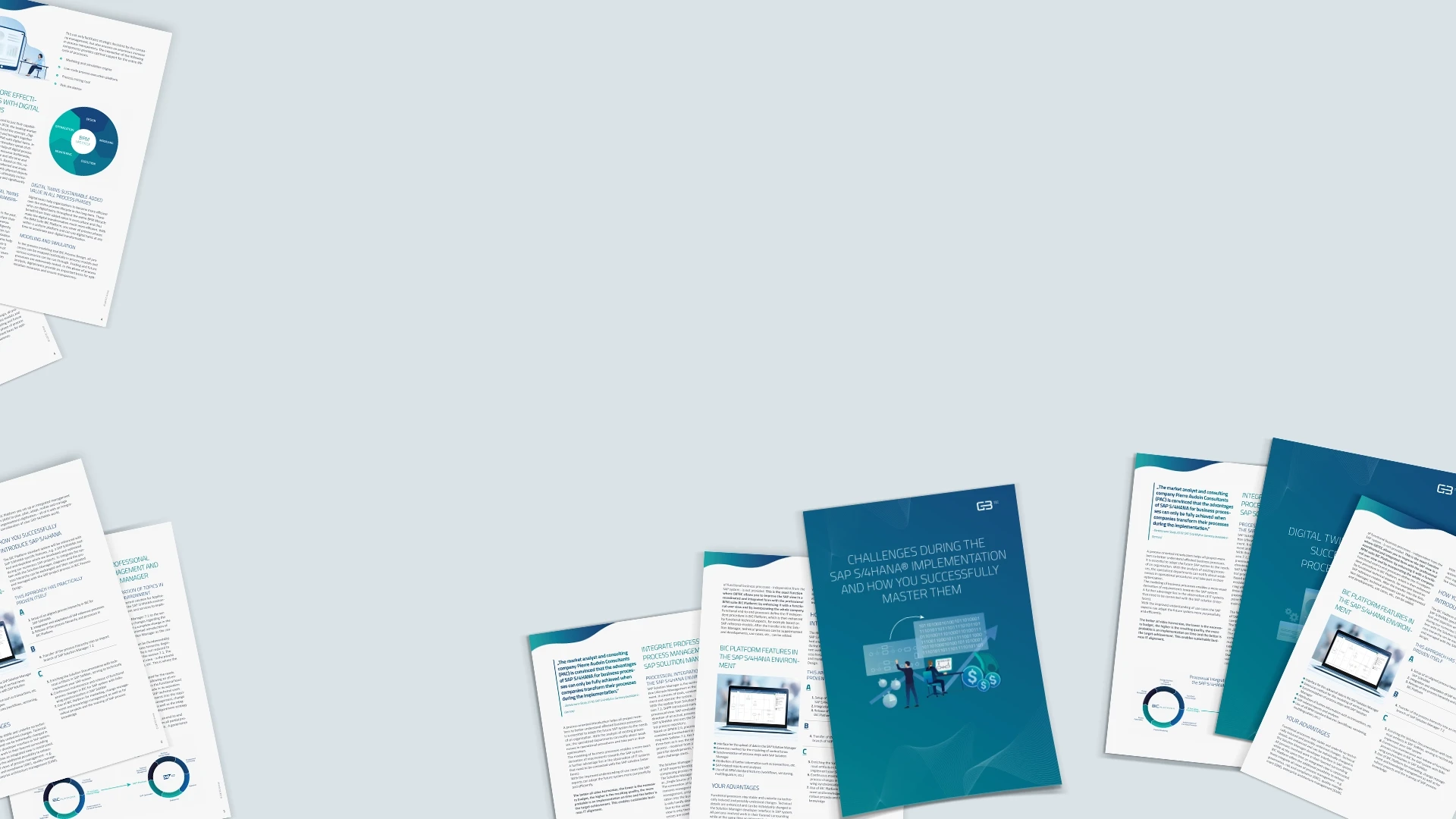BIC Process Design
Understand & Transform
Supercharge your business operations with the most intuitive AI-powered BPM software.
It seems that you come from a German speaking country. Here you can change the language
EnglishEuropean insurance asset managers are navigating a time of profound transformation. Growing regulatory pressure, market volatility, and rapid technological advances – especially in AI and automation – are reshaping the industry. In this environment, process management is no longer just a compliance task. It has become a strategic enabler for scalability, efficiency, and digital innovation. This whitepaper explores how leading firms are leveraging modern, end-to-end process landscapes to future-proof their operations and unlock the full potential of next-generation technologies.

To meet the growing demands of a complex and highly regulated environment, insurance asset managers require a clear, technology-enabled approach to process improvement. This whitepaper – developed in collaboration with our partner Origins Capital – presents a structured and practical methodology for analyzing, standardizing, and optimizing processes with AI readiness in mind. Combining a proven framework with technical solution strategies and real-world use cases, it delivers actionable insights for building a process landscape that is both future-ready and scalable.
excerpt
Request now to get access to the full version of the whitepaper.